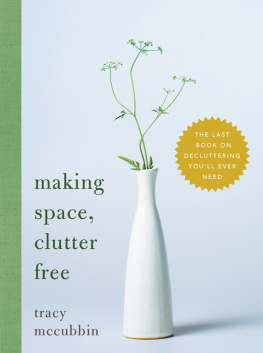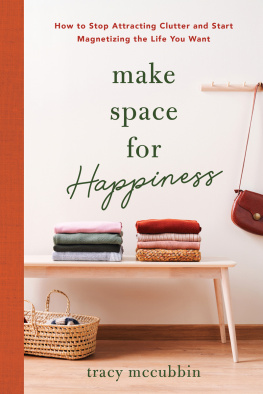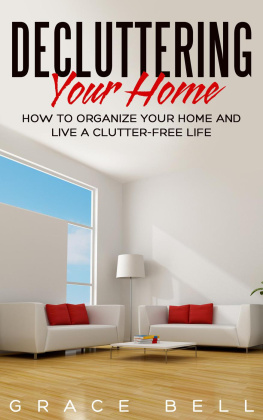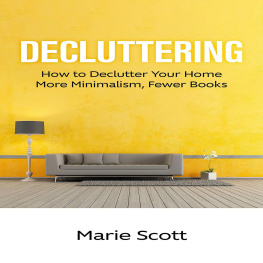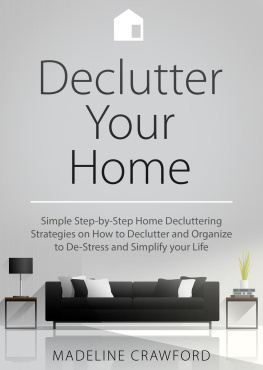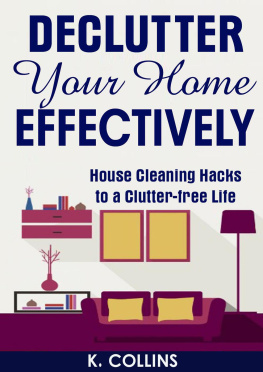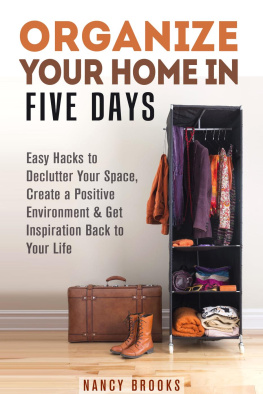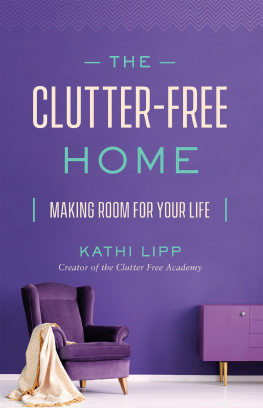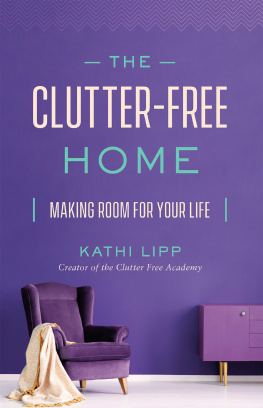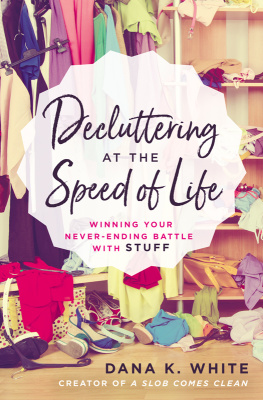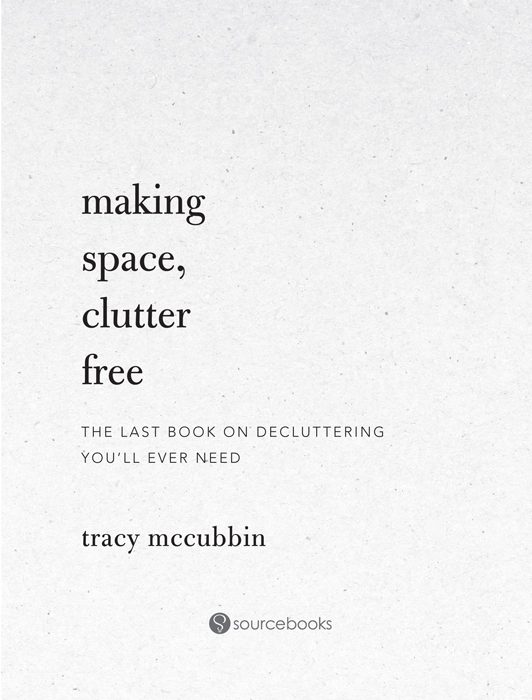Copyright 2019 by Tracy McCubbin
Cover and internal design 2019 by Sourcebooks
Cover design by Zoe Norvell
Cover image Zheng Long/Stocksy
Internal design by Danielle McNaughton/Sourcebooks
Internal illustrations by Jillian Rahn/Sourcebooks
Sourcebooks and the colophon are registered trademarks of Sourcebooks, Inc.
All rights reserved.
This book is not intended as a substitute for medical advice from a qualified physician. The intent of this book is to provide accurate general information in regard to the subject matter covered. If medical advice or other expert help is needed, the services of an appropriate medical professional should be sought.
The vignettes in this book are both composite and actual stories of individuals and couples. In some cases, names have been changed for purposes of anonymity.
All brand names and product names used in this book are trademarks, registered trademarks, or trade names of their respective holders. Sourcebooks is not associated with any product or vendor in this book.
Published by Sourcebooks
P.O. Box 4410, Naperville, Illinois 60563-4410
(630) 961-3900
sourcebooks.com
Library of Congress Cataloging-in-Publication Data
Names: McCubbin, Tracy, author.
Title: Making space, clutter free : the last book on decluttering youll ever need / Tracy McCubbin.
Description: Naperville, Illinois : Sourcebooks, Inc., [2019] | Includes bibliographical references.
Identifiers: LCCN 2019006715 | (hardcover : alk. paper)
Subjects: LCSH: Storage in the home. | House cleaning. | Orderliness.
Classification: LCC TX324 .M384 2019 | DDC 648/.8--dc23
LC record available at https://lccn.loc.gov/2019006715
To my grandmother, MM,
who taught me not to put down, but to put away.
And also that a cup of tea and good laugh will fix just about anything.
contents
PART ONE
finding the real, emotion-based problem
whats under the clutter? a new approach
H I , I M T RACY . I T S SO GOOD TO MEET YOU .
That is the first thing I would say to you if you open your front door to welcome me in to tour your home. New friends often ask me, Soyou organize closets? They imagine me with a P-touch in a holster at my hip and colored storage bins filling the trunk of my van. And yes, I can crush a closetbut I do so much more. By sitting down with me like this for the next few hours, you are metaphorically opening your door to me. I do not take that lightly.
Being allowed inside someones home to see behind the thriving, successful exterior we throw on every morning and take out into the worldinto the places we may not be so proud ofis an act of trust. Especially because what I have discovered over the thousands of decluttering jobs I have done is that when clutter has gotten the upper hand, there is inevitably an emotional root. I call them the Emotional Clutter Blocks, and I have identified seven that come up over and over again when a client has decided to take control of their stuff and live the life they want to be living. Clutter Blocks are the unconscious reasons people hold onto stuff that no longer serves them. In this book, I will teach you about all seven, so you can see which one or ones might be the obstacle between you and your goal for an efficient, beautiful home you can live in with ease. From buying for a fantasy life, to holding onto inherited possessions you dont want, to not letting yourself use the good china, we will explore your clutter and let it tell us the story of where you might be blocked. Then well heal that Clutter Block for good.
Remember, whatever you have going on, you are not alone. The woman ahead of you in line at Starbucks with the great shoulder bag? She has a dining table covered in unfolded laundry from last season. Your boss? He actually never has people over because he stopped opening his mail a few years ago. What they have in common are Clutter Blocks. I have spoken at dozens of corporate retreats for top national companies, with people who are leaders in their fields, and they tiptoe up to me afterward and whisper, Thats me. Its like you were talking just to me. I have a Clutter Block!
In fact, I estimate 90 percent of the homes I enter are in some level of crisis, which creates no small amount of shame, exacting an enormous emotional toll. Since you bought this book, Im going to guess you are feeling some of the same shame and emotional weight of your clutter. I want to liberate you from all that. I want your home to be a place that you enjoy being in, that helps you quickly and efficiently get out into the world, and that you can share with others as often as you feel like. If your home isnt all three thingsrestful, helpful, and shareablethen on some level, your home is taking energy from you instead of supporting you to live your best life.
That is where the Clutter Blocks come in. We are going to find out what is standing between your home right now and your vision for how you liveand then eradicate it.
The Clutter Crisis
My company, dClutterfly, has had exponential growth every year since I opened over a decade ago. I now have a team of people under me and a six-week wait list, because the same industrial complexes that created our modern obesity epidemic have created a clutter epidemic, only no one is talking about it in those terms, because by avoiding having people over, we can hide our clutter. It is the crisis behind four walls.
If you are Gen X or older, think back to your childhood. Think back to how many toys you had. Think back to holidays, being given something. I bet you could probably remember and name most of the presents you received from ages five to ten. You had a doll. A bear. You may have even saved some of them to pass down to your own children.
Now think of the bedroom of any kid you know, or if you are Gen Y or younger, think back to your own childhood bedroom. Its a sea of plastic, right? Do you remember hand-me-downs? Hand-me-downs used to be a way of life. It was a given that younger siblings would keep passing along clothes and shoes until they fell apart, and if they didnt fall apart, they went to another family. Consumer goods were expensive . Then with globalization and the ability of companies in the 90s to start moving their manufacturing to Asia, items suddenly only cost pennies to produce, and the companies passed those savings on to consumers. Big box store chains grew up to push this new, inexpensive merchandise, and the value of possessions plummeted, with three consequences.
First, we forgot how to care and repair. Which do you want to do on a Saturday afternoon: sit down and sew the hole your chihuahua chewed in your throw pillow, or buy a whole new set for $30? Who do you know under forty who even owns a sewing kit anymore? I am as guilty of this as anybody. I work sixty-hour weeks. When a new set of tea towels is $2.99, am I going to bleach the old ones after making beet salad? No, theyre going in the rag bin, and Im getting a fresh set.
Second, we got addicted to buying. Make no mistake, its a dopamine hit. Whether youre clicking Confirm Purchase on your iPad or youre standing at the register with your credit card, the act of buying is a high. As our world seems increasingly out of control, shopping feels like an act of taking control. That item was the stores, and now its yours. You now have this, and the feeling of havingbe it new towels, a garlic press, or a pair of heelsspeaks to the part of your brain seeking a sense of security. The world cant be falling apart! I have a spiralizer!

